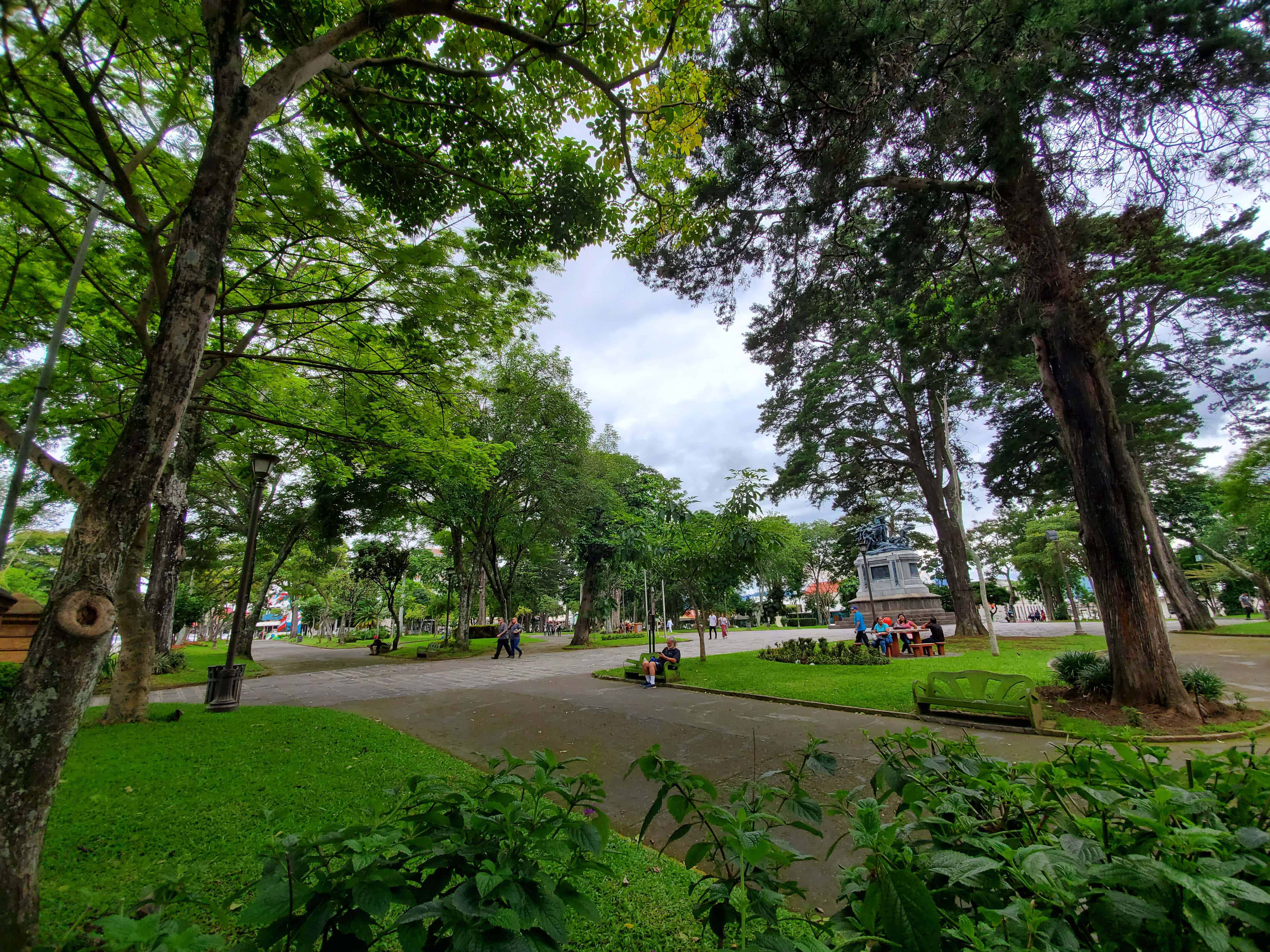The Costa Rican government this week issued a decree creating a new type of park within the framework of the Environment Ministry. Urban Natural Parks have the objective of conserving ecosystems and benefiting the physical and mental health of people living in Costa Rica’s cities.
The National System of Conservation Areas (SINAC) will manage the newly formed National Urban Natural Parks Program. Its first steps will be conducting technical studies and leading conversations with communities and private landowners to explore the creation of new protected areas.
“This new management category will allow conservation strategies to be focused on the specific needs of spaces threatened by unplanned urban growth. It is part of the efforts to correct the country’s historical debt to environmental protection in cities,” said President Carlos Alvarado at a ceremony at La Colina de Curridabat Ecological Park.
According to government figures, just 1.75% of the premontane humid forest that once existed in the Central Valley survives today. Due to the Central Valley’s pleasant climate and altitude, that ecosystem has been razed for agriculture and human settlements.
Urban Natural Parks address what the government calls a “historic debt” by protecting patches of forest that still remain in the Greater Metropolitan Area (GAM).
“Urban ecosystems are fundamental to having healthy cities and people,” said the Minister of Environment and Energy, Andrea Meza. “Within the National Decarbonization Plan, Costa Rica committed to having 4,500 hectares of green areas for the well-being of citizens.
“Our country needs to remember that the areas that we now see urbanized and gray were living ecosystems until a few decades ago. With the right measures, we can rescue the survivors and regenerate many areas, which will bring health and economic benefits to the citizenry.”
Some 60% of Costa Rica’s population lives in the GAM, which constitutes only 4% of the national territory.
The National Urban Natural Parks Program is part of Costa Rica’s decarbonization goals, which aim for a carbon-neutral economy by 2050.







